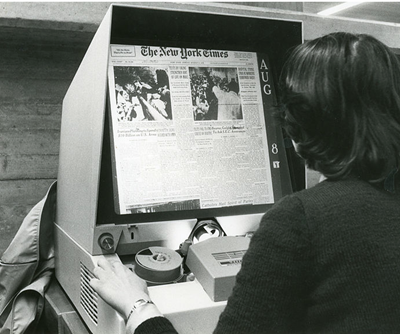How Mature is Your Organization in Handling eDiscovery? – eDiscovery Best Practices
How Mature is Your Organization in Handling eDiscovery? – eDiscovery Best Practices https://cloudnine.com/wp-content/themes/cloudnine/images/empty/thumbnail.jpg 150 150 CloudNine https://cloudnine.com/wp-content/themes/cloudnine/images/empty/thumbnail.jpg
A new self-assessment resource from EDRM helps you answer that question. A few days ago, EDRM announced the release of the EDRM eDiscovery Maturity Self-Assessment Test (eMSAT-1), the “first self-assessment resource to help organizations measure their eDiscovery maturity”. Find out more about it here.
read more








